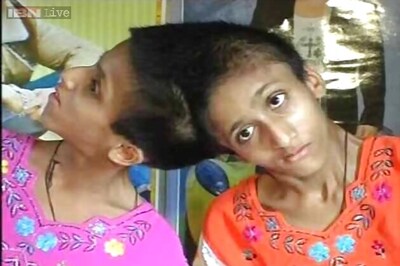
views
In Uttar Pradesh, the influential Jat community, who were earlier categorised as General, have now been moved to the OBC list, and is awaiting to make it to the central list. In UP, 79 castes are already included which constitutes around 54% population of the state. Uttar Pradesh’s backward class commission has already identified, surveyed and prepared to add 39 castes to the list and is now working towards including the other 15 castes. It is based on the argument proposed by Samajik Nyay Samiti Report, 2019. Bhurtiya, Agrahari, Dosar Vaishya, Jaiswar Rajput, Ruhela, Hindu Kayastha, Muslim Kayasth, Kor Kshatriya Rajput and a few others will be included in the state’s OBC list soon.
The backward class commission will survey 15 more castes, including Vishnoi, Khar Rajput, Parewal, Gulhare Vaishya, Peeth Baj and put them in the OBC list. It is interesting to observe that most of these castes are in small numbers. Many of them had earlier claimed their status as higher caste but now aspire to come under the OBC category. It is happening because democracy has changed the meaning of social legitimacy and dignity, which was identified as Sanskritisation by famous sociologist MN Srinivas. Modernisation of education and employment have emerged as new indicators, which define social legitimacy and dignity in a democratic society. The communities now see that their mobility in a state can be attained through the space they have in the state, which may help them to get opportunities through protective discrimination-oriented policies, programmes and indicators provided in an Indian state.
It does not mean that these communities who aspire to be included in the OBC category will leave the symbolic indicators, which they acquired through the process of Sanskritisation. They will claim for both Sanskritised social legacies and the OBC category. The entries of these castes may increase the number of OBC categories but will also multiply more claimants (Hissedar) of the same space. These changes may produce certain socio-political implications. First and foremost, the entry of the influential communities such as Jats may create tough insecurities among the dominant OBC communities such as Yadavas. Secondly, the entries of many smaller castes may help in their socio-political empowerment but the competition for the share in the provided opportunities will grow and become tougher. Thirdly, through these provisions, resources of the democracy may be distributed to the smaller and marginal communities who may get their share in the democracy, power and development. Fourthly, the communities who will be benefited through this policy may support the party in power who may deliver these opportunities to them. And lastly, it is going to make politics around social justice competitive where parties such as BJP may also claim their political share.
A question arises whether the OBC as a cohesive identity will work in the electoral politics of a state or the caste identities among this category may become more dominant and determine the electoral choice of the social community who come under this category. It may be that both OBC and caste identities may work together and provide space for various political parties to interact with the communities. However, in a classical definition, caste and class both contradict each other but here one will see the evolution of caste-based class in the future.
(The views expressed in this article are those of the author and do not represent the stand of this publication.)
Read all the Latest News, Breaking News and Assembly Elections Live Updates here.




















Comments
0 comment